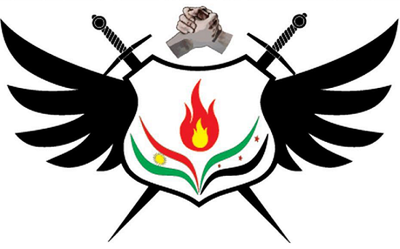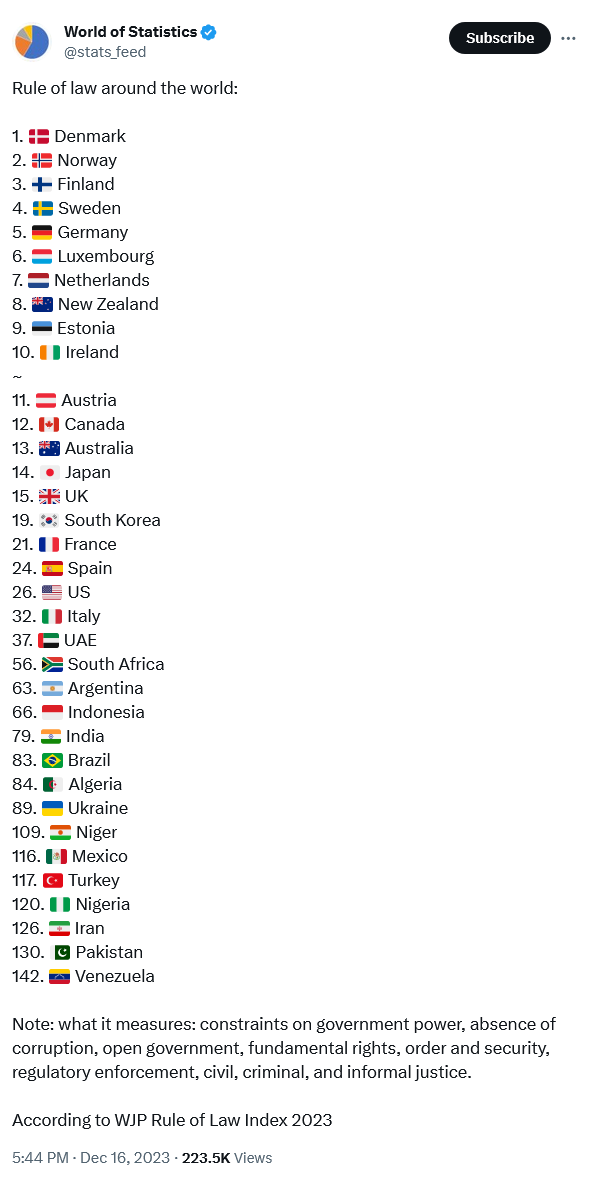Explore the forgotten legacy of Muslim rulers who once dominated the world, reflecting on their achievements and the challenges faced by the modern Muslim Ummah in preserving their heritage and identity.
Introduction
The rich tapestry of Muslim history is adorned with tales of great rulers and conquerors who once held sway over vast empires, shaping the course of civilization. However, as time passes and societies evolve, the echoes of their triumphs seem to fade into obscurity, replaced by the clamor of modern distractions. This article delves into the poignant contrast between the illustrious past of Muslim rulers and the challenges faced by the contemporary Muslim Ummah in preserving and honoring their legacy.
Salahuddin Ayyubi: The Symbol of Chivalry
The legendary figure of Salahuddin Ayyubi, known for his valor and chivalry, stands as a beacon of inspiration for Muslims around the world. His noble deeds and strategic brilliance during the Crusades are etched in history, yet his resting place has not been spared from disrespect by certain Western figures.
Yusuf ibn Tashfin and Hajib Mansur: Forgotten Heroes
Similarly, the graves of Yusuf ibn Tashfin and Hajib Mansur, revered figures in Muslim history, have been subjected to indignity by conquerors seeking to assert their dominance. These acts of disrespect not only insult the memory of these great leaders but also symbolize the erasure of historical consciousness.
Osman Gazi and the Ottoman Legacy
The rise and fall of the Ottoman Empire, founded by Osman Gazi, represent a pivotal chapter in Muslim history. The poignant words spoken at Osman Gazi's grave by a Greek leader reflect the stark realities of imperial conquests and the enduring impact of historical animosities.
The father of the Ottoman Empire Osman Gazi was born in 1258 in the town of Sogut. His father was Ertugrul Gazi and his mother was Halima Sultan. Osman Gazi was a tall man with a round face, dark complexion, hazel eyes, and thick eyebrows. His shoulders were fairly large and the upper part of his body was longer than the other parts. He used to wear a Horasan crown in the style of Cagatay, which was made of red broad cloth.
Osman Gazi was a brilliant leader. He was fair, brave and gracious. He helped the poor. Sometimes he gave his own cloths to the poor. Every mid-day, he gave a lavish meal to all people in his house.
Osman Gazi was just 23 when he succeeded the leadership of the Kayi Clan in Sogut, in 1281. He was a very brilliant rider and a fencer. He married to Mal Sultana who was the daughter of famous Omer bey. Mal Sultan gave birth to Orhan who succeeded the throne.
Osman Gazi appreciated the opinions of Edebali (the famous Ahi Sheik) and he respected him. He often went to Edebali's house where a dervish group meets in Eskisehir Sultanonu and been his guest.
One night, when he was a guest in Sheik Edebali's dergah, he had a dream. As the sun shined, he went to Edebali and told him: "My Sheik, I saw you in my dream. A moon appeared in your breast. It rose, rose and then descended into my breast. From my novel there sprang a tree. It grew up and turned green. It branched out and got complicated. The shadow of its branches covered the whole world. What does my dream mean?
After a little silence, Seyh told him:
I have got good news Osman! God gave you sovereignty and to your son. All the world will be under the protection of your son and my daughter will be the wife to you."
After this unusual event, the Sheik gave his daughter Bala Sultana to Osman and Alaeddin was born from this marriage.Upon his conquest of the fortress of Bilecik, Alaeddin Keykubat, who is the ruler of the Seljuks of Rum, sent him "a horsetail, a standard and a drum" as the insignia of sovereignty in 699 A.H. (1299 A.D.). Thereupon, he minted coins and had the Friday prayers recited in his name alone. His grand vizier was his younger son, Alaeddin Pasha. Osman was the first to Ievy a tax of one "akçe". Osman Gazi was surnamed "Black", which according to an ancient Turcoman tradition signifies brave and heroic. As we learn from the Oðuzname, the same epithet was given to Kara Yusuf, the ruler of Karakoyunlus, and to Kara Yülük Osman Bey, the Sultan of the Akkoyunlus.
The founder of Ottoman empire- risen from Anatolia and reigned for 600 years, over three continents- Osman Gazi, died of gout, in Bursa in 1326. When he died, he left an horse armor, a pair of high boots, a few sun jacks, a sword, a lance, a tirkes, a few horses, three herds of sheep, salt and spoon containers.
#knowhistory
Bahadur Shah Zafar: The Last Mughal
The tragic fate of Bahadur Shah Zafar, the last Mughal emperor, underscores the tumultuous period of colonialism and the loss of sovereignty endured by many Muslim nations. His exile and subsequent demise mark the end of an era, leaving a void in the fabric of Muslim governance.
Contemporary Reflections: A Call to Action
In the contemporary context, as the Muslim Ummah grapples with diverse challenges ranging from political instability to cultural shifts, there arises a crucial question: Are we neglecting the legacy of our ancestors in pursuit of fleeting distractions?
The Cultural Dilemma: Talent vs. Tradition
The emergence of platforms like TikTok and the proliferation of modern media raise pertinent questions about the definition of talent and its alignment with cultural values. Are we nurturing talents that uphold the dignity and values cherished by our ancestors, or are we succumbing to trends that prioritize sensationalism over substance?
Reviving the Spirit of Heritage
Amidst the cacophony of contemporary lifestyles, there is an urgent need to revive the spirit of heritage and honor the contributions of past Muslim luminaries. This entails not only preserving historical sites and artifacts but also fostering a deep-seated pride in our cultural heritage among the youth.
Navigating the Western Influence
The pervasive influence of Western narratives and ideologies poses a significant challenge to preserving Muslim heritage and identity. By critically engaging with historical narratives and promoting a nuanced understanding of our past, we can resist the erasure of our cultural memory.
Conclusion: Embracing Our Legacy
In conclusion, the tales of Muslim ancestors who once ruled the world serve as a poignant reminder of our collective heritage and the responsibilities incumbent upon the modern Muslim Ummah. It is imperative that we reclaim and celebrate our legacy, not merely as a nostalgic sentiment but as a source of strength and inspiration for generations to come.
This comprehensive exploration of Muslim history and contemporary challenges is designed to provoke introspection and inspire action within the Muslim community. By valuing and preserving our heritage, we can forge a path towards a more enlightened and empowered future.















